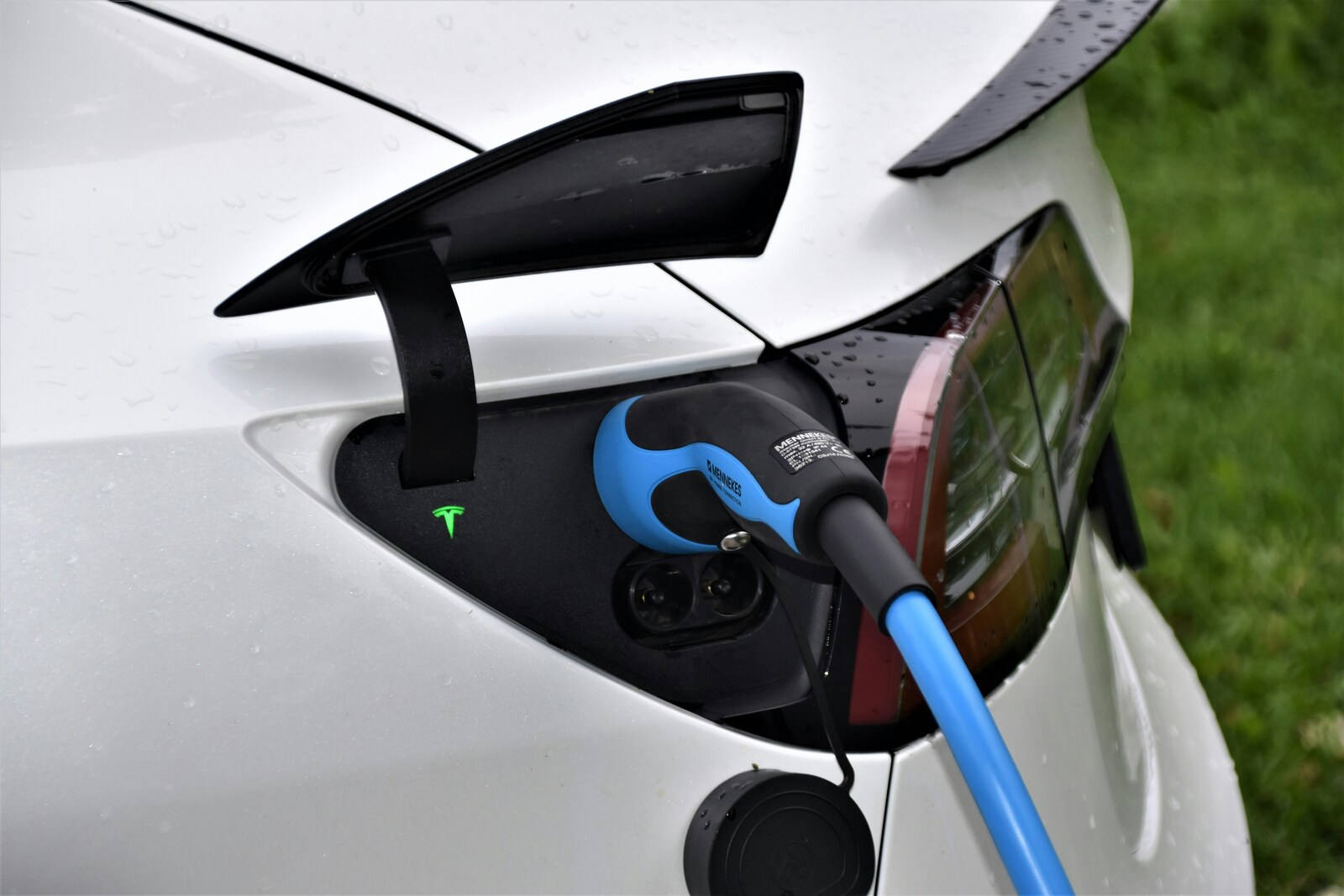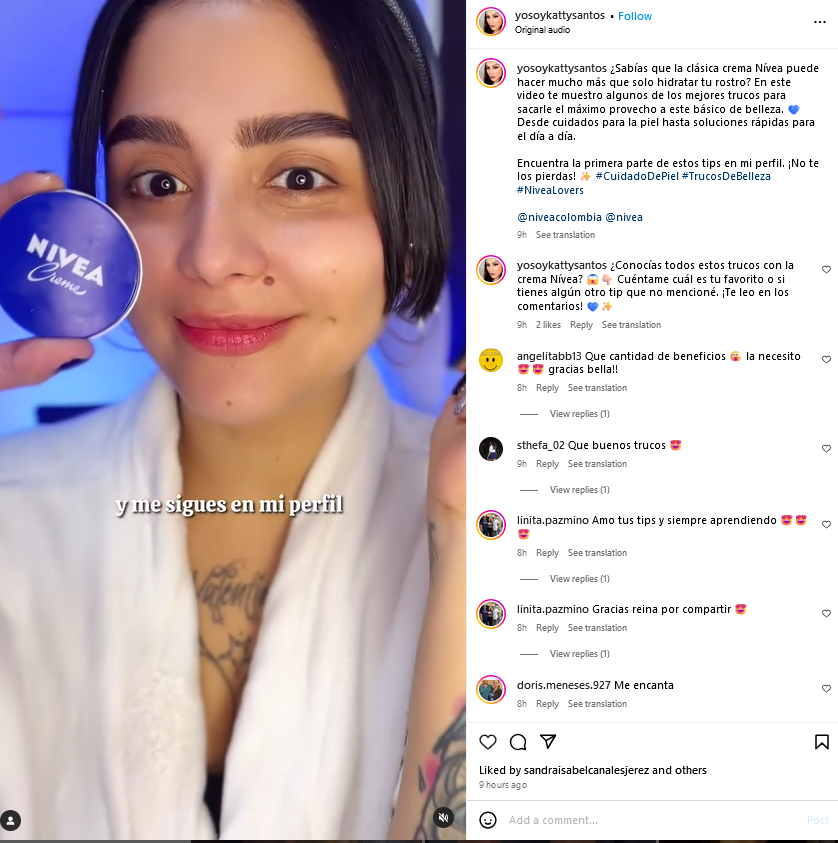Introduction
Are you looking to acquire a brand to beef up your portfolio? Or you're probably curious to evaluate how your business measures against competitors, qualitatively and quantitatively. Then, it's high time you learn about brand equity vs. brand value.
This article will discuss the definitions, differences, and roles of brand equity and value in achieving goals like growing your business. Here's how.
Understanding Brand Equity
What is Brand Equity?
Brand equity determines a company's standing according to customer perception, level of awareness, and experience.
With high brand equity, a company can charge premium prices for its products, as customers deem the brand is worth every penny. Ad campaigns are also more effective, and market share increases.
For example, brand equity separates a generic brand of flip-flops from Havaianas. The latter has better quality, design, and comfort. It's also more popular and used by famous people like Katy Perry, Jennifer Aniston, and Addison Rae.
Key Components of Brand Equity
So, what makes up brand equity, and how can you improve it? We need to understand its components, which are enumerated below.
Brand Loyalty and Trust
While awareness and recognition are essential, every brand vies for customer loyalty. It makes customers repeatedly return and refer the brand to their family and friends.
According to statistics, seven out of 10 global consumers expressed brand loyalty. This can be attributed to brands providing their audience with a relatable and personalized experience, reasonable pricing and product quality ratios, and excellent customer service. Consequently, it establishes the brand trust needed to foster loyalty.
On the flip side, losing brand trust is almost a death sentence to businesses, especially startups. Not only does it negatively impact your brand image, but it also affects your bottom line, which is necessary for business growth. Many would say it is harder to rebuild trust than starting from scratch; hence, intelligent businesses take feedback seriously.
While brand trust and loyalty are difficult to gain, they can improve your brand equity.
Brand Perception and Differentiation
Brand perception is what customers think of your brand. This is often influenced by features and qualities that set your brand apart.
Samsung is considered a tech leader that produces the most innovative smartphones. It has successfully introduced iconic phones like the S22, Samsung Flip, and other Galaxy S Series models. The brand offers highly functional and high-quality phones for every price range.
Data from YouGov shows that Samsung has scored 55.9 in brand perception, almost twice as much as the average figure of 27.8 in its category. It also has a 72.2 customer satisfaction score, above the 57.3 average satisfaction figure in its category.
For brands seeking to emulate this kind of perception-driven success, partnering with a corporate brand strategy agency can help refine positioning, messaging, and visual identity to align with market expectations.
With positive brand perception, a business doesn't have to work too hard to create awareness and can focus on more critical investments. For instance, it can develop products at a higher price point with confidence that its consumers will support them.
Brand Associations and Awareness
Brand association refers to the feelings, images, values, and ideas that arise when considering a brand.
The mere mention of "electric car" also brings Tesla to mind. A person searching for an answer online goes directly to Google despite the numerous search engines available. The sight of Cinderella or Belle reminds people of Disney. These are just some of the brands with strong associations.

Tesla has become synonymous to quality electric cars. Image via Unsplash

Princesses, dreamy castles, and goofy cartoon characters bring Disney to mind. Image via Unsplash
Positive brand association is rooted in awareness. The more people know and recognize your company, the higher their retention of your logos, products, color palette, branded sounds, and other visual elements.
The above components combined determine brand equity, which is vital to the success of your marketing, business, or brand strategy.
Understanding Brand Value
What is Brand Value?
Brand value is how much people think a brand is in terms of financial worth. Say a company is interested in buying your business.
The brand value is your current price tag. It is determined by market demand, sales performance, and perceived quality. Like brand equity, customers' loyalty and awareness about the brand also impact its value.
Among the top-ranking companies with the highest brand values are Apple ($488.9 billion), Microsoft ($352.5 billion), Amazon ($298.1 billion), and Google ($291.3 billion). But how do we determine a brand's value?
How to Measure Brand Value
Financial, customer perception and brand strength metrics can quantify your company’s brand value.
Financial, customer perception and brand strength metrics can quantify your company’s brand value.
Market Capitalization
Market capitalization, often termed 'market cap,' is the market value of a company's shares of stocks. Investors use this to gauge a company's size and value in the market. The higher a company's market cap range is, the more stable and less risky it is to invest in.
To calculate, you have to multiply using the following formula:
Market Capitalization = Number of Outstanding Shares x Current Share Price
Let’s use Nike as an example.
With total outstanding shares of 1,497,700,000 at $81.48 per share, Nike's market capitalization is worth $122.033 billion. For comparison, large-cap companies are at over $10 billion market cap; mid-cap companies are within $2 to 10 billion market cap; and small-cap companies are under $2 billion market cap.
Revenue and Profit Analysis
The revenue and profit analysis allows business owners and other stakeholders to understand how much money a company makes and its remaining profit after paying expenses. It's valuable in tracking trends over time, comparing costs, and measuring profit margins. In effect, you can make data-backed decisions and immediately catch gaps.
Net Promoter Score (NPS)
The Net Promoter Score measures the likeability of your brand and products. Some questions asked in the survey are: * With the new features, how likely are you to recommend our product to your friends and family? * Based on your recent purchase, how was your experience with our brand? * What do you love about our brand?
You can then classify the respondents into three categories: promoters (percentage of high scores), passives (percentage of mid scores), and detractors (percentage of low scores). These are used to calculate the NPS using the following formula:
NPS = Promoters % - Detractors %
Think of the NPS as a snapshot of customer loyalty and satisfaction. Now, you'll know how much effort you need to make to improve or maintain your status.
Brand Awareness
Knowing the level of awareness your target audience has of your brand gives an overview of how your brand stands in the market. It tracks the effectiveness of your branding and marketing campaigns, ensuring resources are allocated efficiently. It's also foundational to acquiring and retaining customers. To measure brand awareness, you can use the following tools: * Social listening tools * Web Traffic Analysis * Share of Voice * Market surveys
The Connection Between Brand Equity and Market Performance
Companies with better market performance have more substantial brand equity. This paves the way for more opportunities for growth and improvement in sales, customer reach, loyalty, monetary value, and overall financial success.
Main Differences Between Brand Equity and Brand Values
| Brand Equity | Brand Value | |
|---|---|---|
| Scope |
|
|
| Measurement |
|
|
| Timeframe |
|
|
Scope
Brand equity focuses on the intangible aspect of customers' brand perception. It is subjective, reflecting how customers feel about their brand journey. Brand value is more about the financial aspect of a brand's worth, which is quantitatively measured through market-based valuation.
Measurement
Brand equity is determined through customer surveys, market research, and the brand's psychological impact on its customers. Brand value is assessed through revenue, profitability, market share, market cap, etc.
Timeframe
Brand equity invests in the perception and emotions associated with the brand. This means it can take years to build, nurture, and maintain. Remember that poor experiences can easily damage your brand equity. On the other hand, brand value can be quickly quantified based on a brand's market standing and financial performance.
Management of Brand Equity and Brand Value
Effectively manage your brand equity and value through the following strategies.
Create Products That Goes Beyond Expectations
Poor-quality products can easily damage a brand's image, affecting brand equity and value. With tons of options on the market, you can be replaced quickly.
That said, it is essential to create products that meet the needs and even surpass the expectations of your market. Of course, this is easier said than done. But through trial and error, data gathering, and thorough market research, you can make unique products customers will surely love.
Build a Positive Customer Experience
Customers' expectations are at an all-time high. A bad customer experience is enough to convince them to leave your brand. Hence, investing in initiatives that improve the overall brand experience you provide is vital. Data shows that companies who did just that experienced up to 80 percent revenue increase!
Leverage Social Proof
As the term suggests, social proof refers to evidence of positive experiences with your brand. Think customer reviews, testimonials, endorsements, and user-generated content. With too much information clutter and abundant options, customers are likelier to use them to inform their purchase decisions. Surveys show nine of 10 customers read reviews before buying.
So, engage with your audience online and offline. Encourage customers to share feedback and post UGC or user-generated content. You can also implement a referral program to expand your customer base with the help of your loyal customers.

Nivea encourages customers to review and post their experience with #NiveaLovers. Image via Instagram
Understanding the Interplay Between Brand Equity and Brand Value
Brand equity can impact brand value and vice versa. When a brand is well-loved and trusted by people (brand equity), its value tends to be higher. We've seen this in high-brand equity companies like Apple, Google, Amazon, Adidas, etc.
Therefore, a clear understanding of brand equity and value can unlock your business's doors. For instance, you can use your brand equity to gain a competitive advantage. High brand equity and brand value also reinforce customer loyalty and attract investors.
In summary, brand value is a business's monetary worth, and people's feelings determine brand equity and trust in your brand. Together, they can result in a strong brand and drive business growth.
Ready to reach your full potential? Let the experts do the heavy lifting when you hire a reliable brand design agency. Work with us!
Oct 30, 2024
